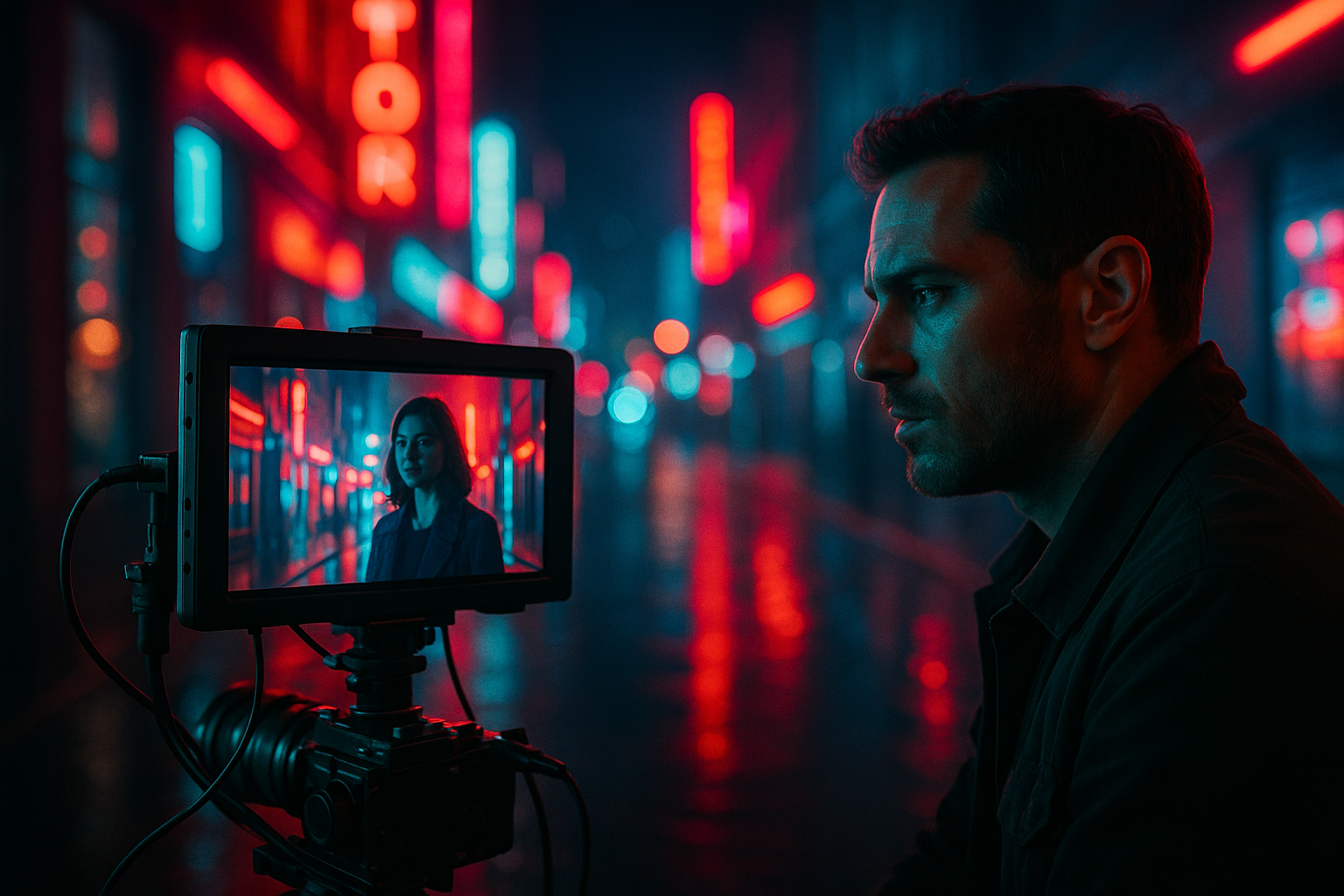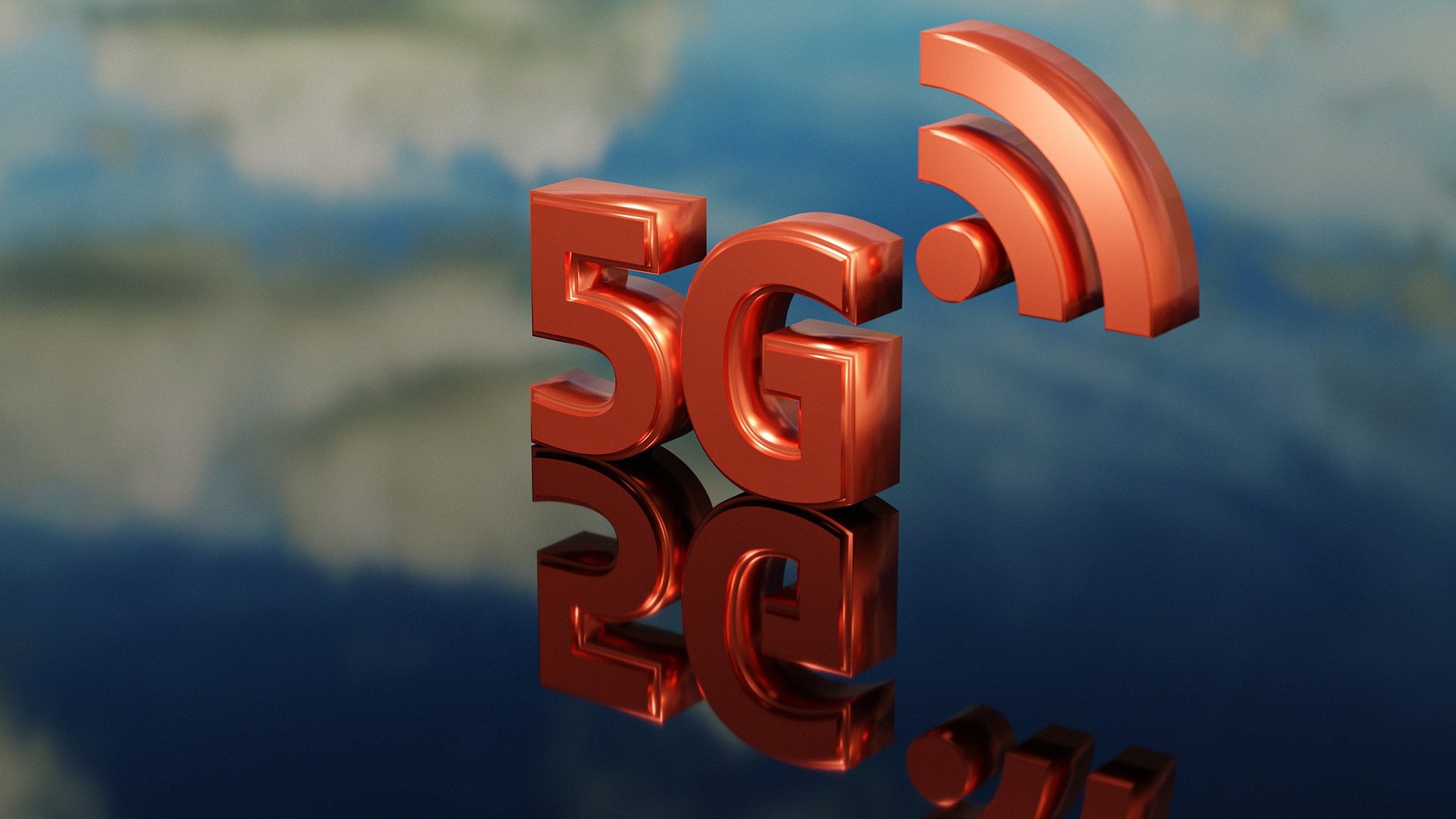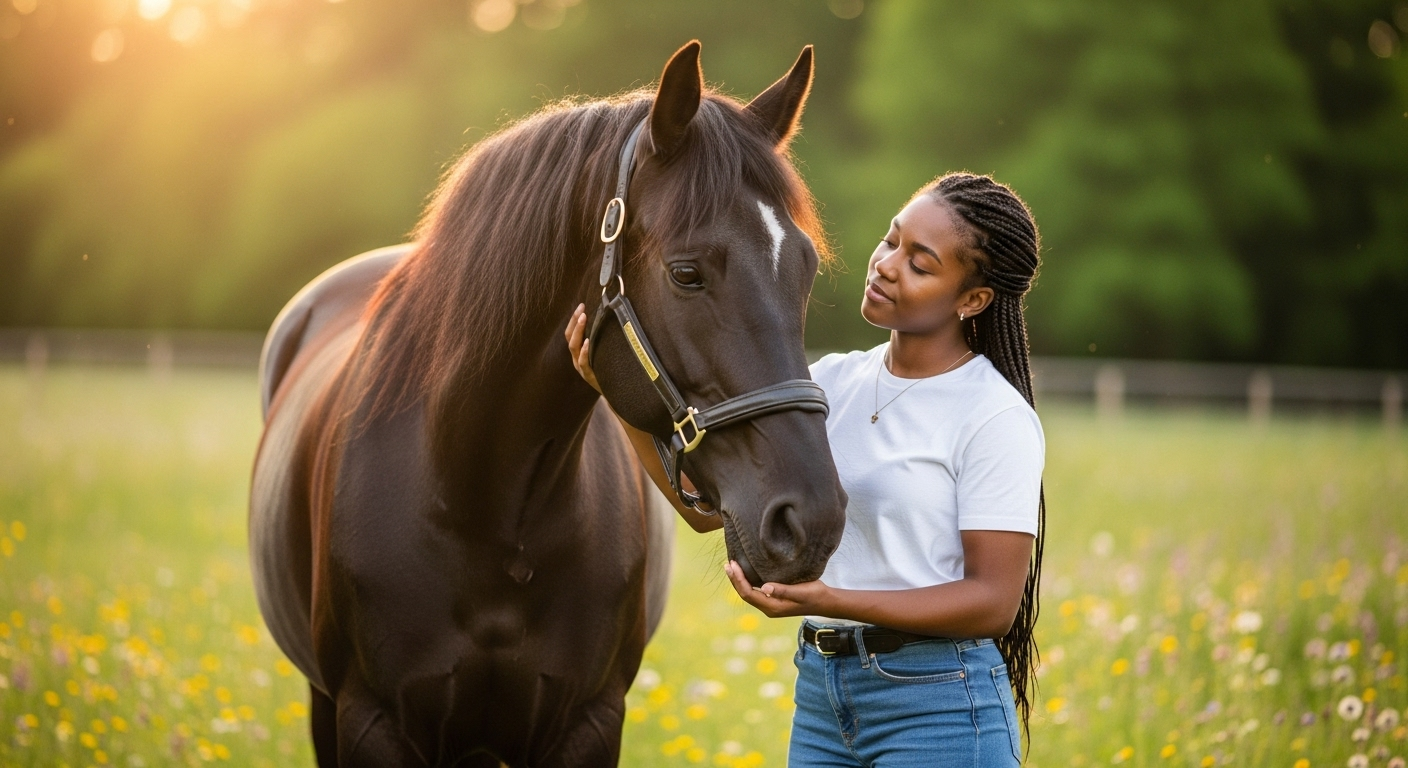Cinema's Neon Renaissance: A Showcase of Visual Storytelling
In the vibrant world of cinematography, the neon aesthetic has made a remarkable comeback. This visually stunning trend, known for its intense colors and atmospheric depth, is making waves in the film industry. Let's dive into the history, current trends, and the cultural impact of this cinematic revival.

The Luminous Past: Tracing Back the Neon Aesthetics
Originally associated with the vibrant nightlife of the ’80s, neon aesthetics has deep roots in our visual culture. Born out of the necessity to capture the urban sprawl’s energy, filmmakers turned to neon lights to convey complex emotions - from the thrill of the forbidden to the despair of loneliness. Movies like “Blade Runner” and “Tron” are prime examples of this visual storytelling, where the neon glow elevated the narrative’s tension and ambiance.
The Comeback: Neon Aesthetics in Contemporary Cinema
Fast forward to the present day, and neon aesthetics have returned with a bang. Modern filmmakers, like Nicolas Winding Refn, renowned for “Drive” and “Only God Forgives”, are embracing this style. The neon revival is not just confined to the silver screen; it has permeated television series, music videos, and even video games. Current films like “John Wick” and “Ghost in the Shell” utilize neon aesthetics to set the mood and heighten the narrative’s drama and emotional depth.
The Impact: Why Neon Aesthetics Resonate
So why has this visual trend returned with such force? Part of the answer lies in its ability to evoke nostalgia, transporting audiences back to the ’80s and ’90s era of visual storytelling. Moreover, the neon aesthetic adds a unique depth to the narrative, creating an immersive, atmospheric experience for the audience. It’s a powerful tool for expressing a range of emotions and themes, from excitement and danger to melancholy and isolation.
The Future: Neon Aesthetic’s Prospects
Looking ahead, the neon aesthetic is poised to continue shaping our visual landscape. As technology continues to evolve, filmmakers have more tools at their disposal to push the boundaries of this style. Whether used subtly or overtly, the neon aesthetic will undoubtedly continue to captivate audiences, making it a powerful tool in the arsenal of visual storytelling.
In conclusion, the resurgence of neon aesthetics in cinema is more than a passing trend. It’s a testament to the power of visual storytelling, a nod to nostalgia, and a promising tool for future narrative innovations. As we sit in the dark, waiting for the projector to roll, the neon glow promises a cinematic experience that transcends the ordinary, transporting us into a world of intense color and emotion. And in this light, we can’t help but be mesmerized.






